Back in 1965, Autocar began road test number 2043 by pondering what newfangled contraption would replace the internal combustion engine, much as we so often do today.
We were reviewing the NSU Wankel Spider (Germans pronounce ‘W’ as ‘V’, remember…), a two-door left-hand-drive sports car. It was the world's first production car powered by the innovative Wankel engine, an invention later put to good use by Mazda.
“Before the fuel cell – or whatever it is to be – takes over, can any other form of internal combustion engine seriously challenge or even supplant the reciprocating piston type in private cars?” we pondered.
“Certainly in the relatively brief but extremely busy and fertile history of the internal combustion engine, no alternative power unit has attracted so much publicity and commercial interest as Felix Wankel’s rotary piston device.”
Wankel engines convert pressure into rotation, giving them a smoothness and high rev count that piston engines cannot.

We went on to have a look at the car itself: “This conventional little convertible embodies components already familiar in other NSU products. In effect, the Spider resembles the [slightly gawky] Prinz Sport coupé except for its soft top and rear suspension.”
Despite its promise, the Spider disappointed somewhat: “Although the engine and its exhaust are very quiet, there is a constant and persistent whine.
“Moreover, with the hood raised wind roar rises to such a crescendo as the maximum speed is approached that even shouted conversation becomes practically impossible.
"In these respects the NSU designers have done their revolutionary new engine less than justice, robbing the car as a whole of the touring refinement that it could of otherwise had.”
It wasn’t too practical, either. Instruments were “few and simple,” the “simple heating and ventilation system” was a disappointment, and raising and lowering the hood was “really a job for two, and one could get pretty wet while trying to put it up in a rainstorm.”
The Spider did redeem itself elsewhere, though. The gearbox’s synchromesh was excellent, the parking brake held the car on a 1-in-3 slope with exceptional ease, the brakes were well suited to the car, it required “very modest” servicing, and the handling was commendable.
Autocar described it thus: “The Spider is really most enjoyable on minor roads with lots of twists and turns, where its exceptional stability and cornering powers, together with the quick reactions of its rack-and-pinion steering, allow very fast averages to be maintained.
“If there is any roll one does not notice it, while all-independent suspension keeps the wheels securely in contact with the ground even on bumpy corners.”
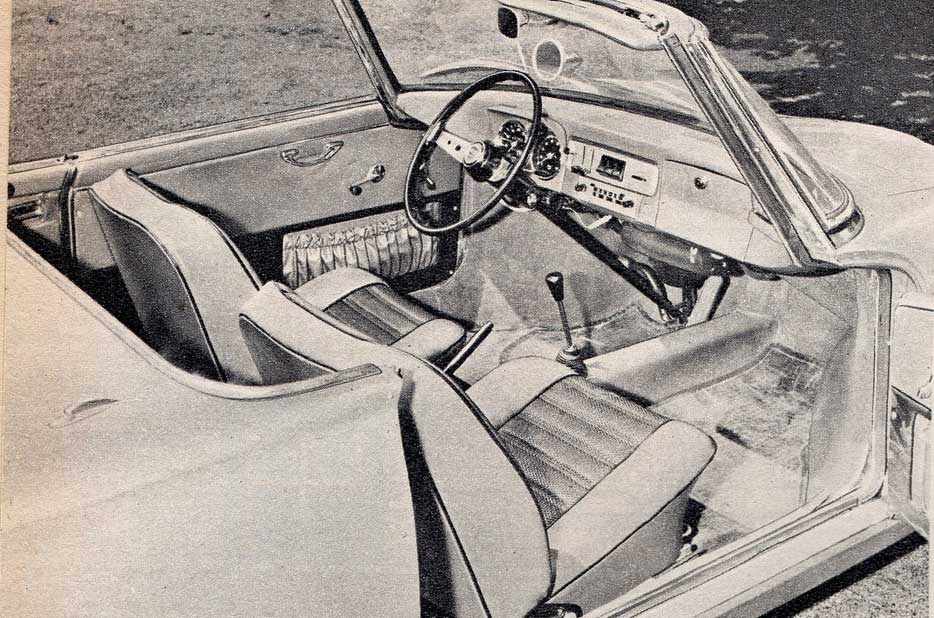
The engine itself gave mixed results. It was certainly fast – Autocar had a long-termer Spider set to a limit of 6,000rpm (out of a possible 8,000), and it went to its redline with “extraordinary ease”. “Indeed, one must keep a careful eye on this instrument to avoid overspeeding,” we warned.
Despite having limited pull in first and second, the Spider’s unusual engine did pick up in third, a gear in which it could then reach 90mph, without being “more than usually dependent on the gearbox.”
It wasn’t too easy to do that, mind you, seeing as the wide-angled positioning of the accelerator required “dancer's agility to hold full throttle.”
Nevertheless, the car did provide us with some hope for the future of the car’s technology.
“Having established that the Wankel rotary piston engine is a perfectly practical proposition, one awaits the next developments – perhaps two and three-rotor units – with increased interest, and the hope that they may be installed in larger and more sophisticated vehicles,” we concluded.

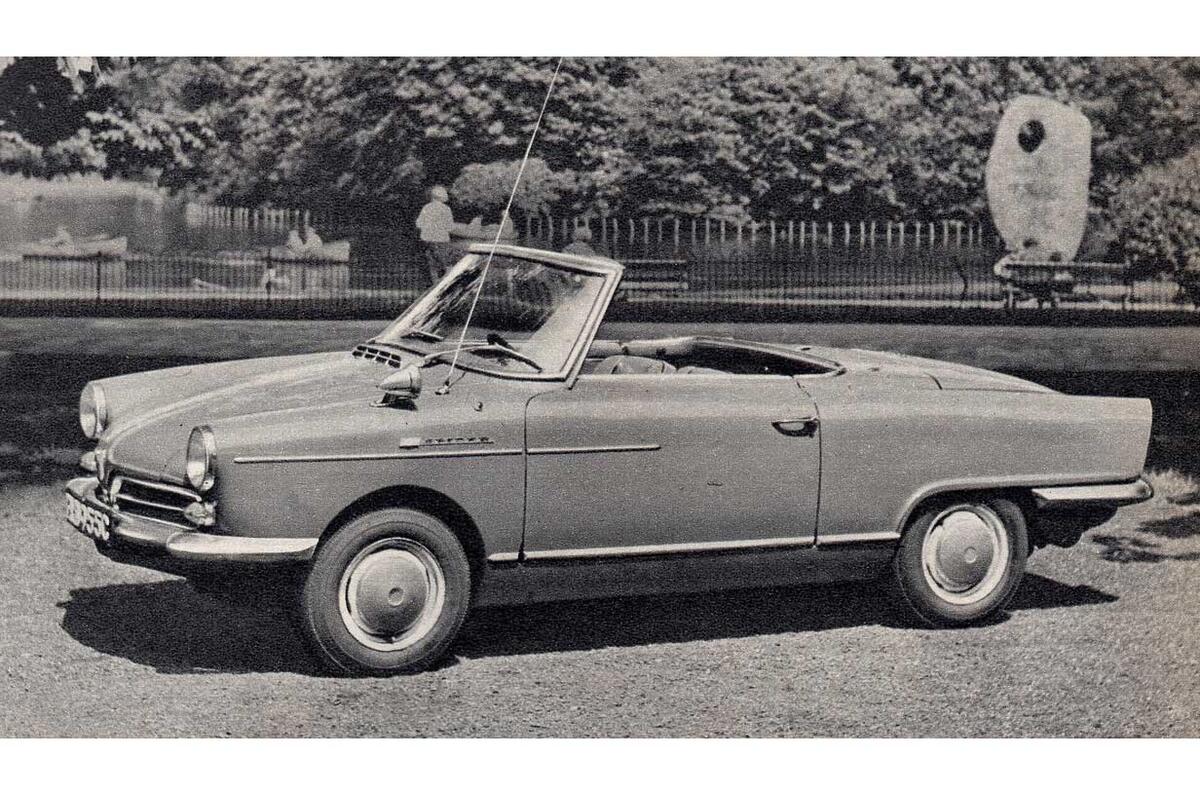
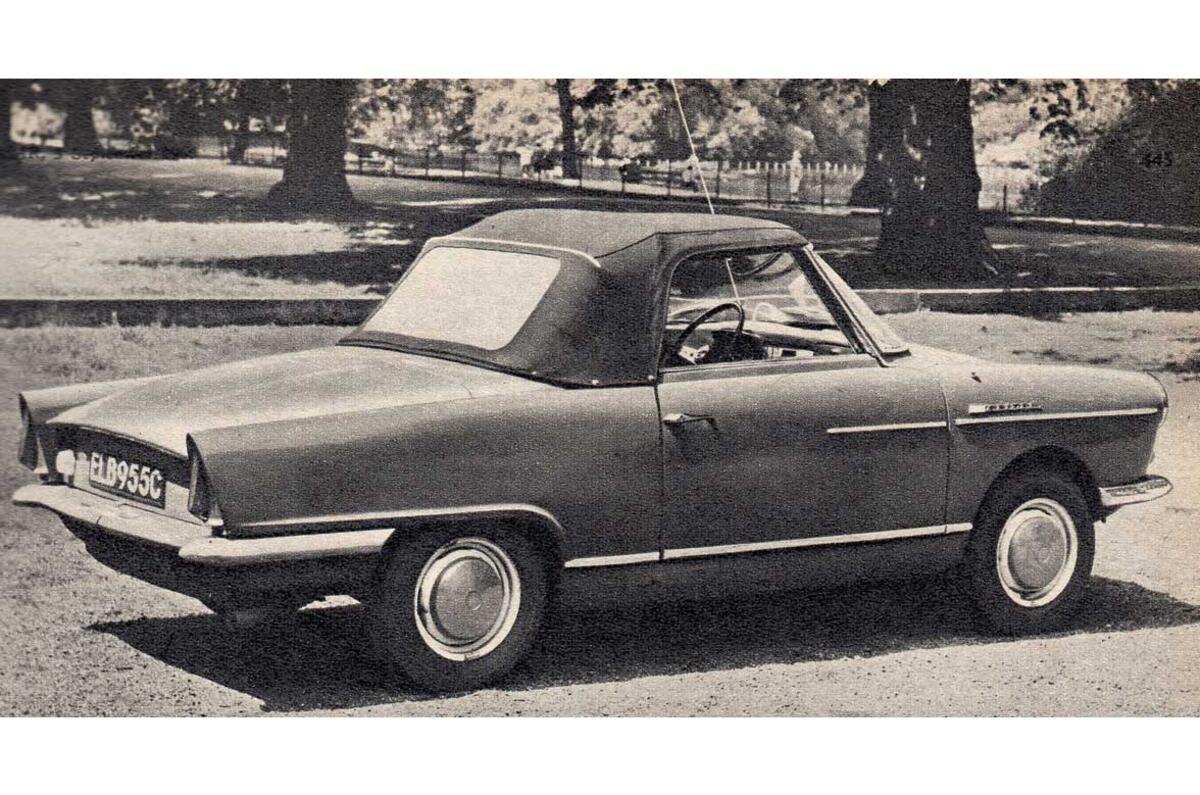
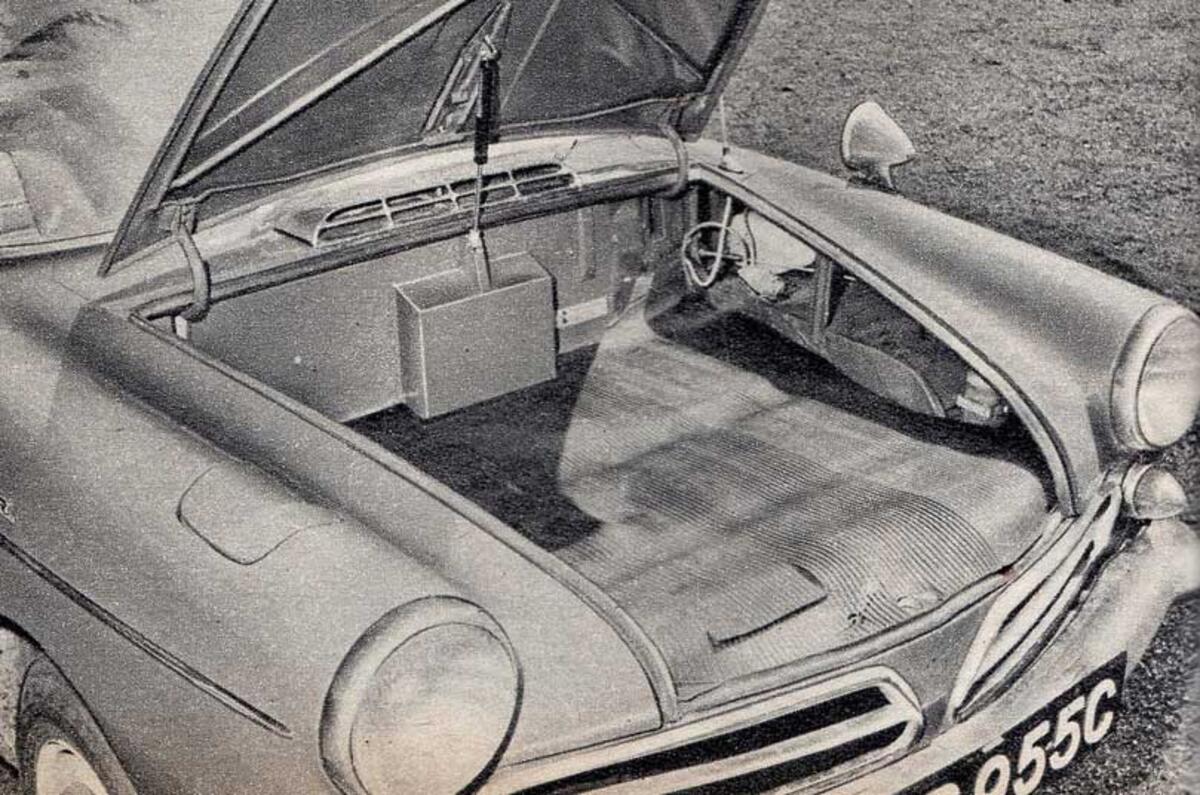
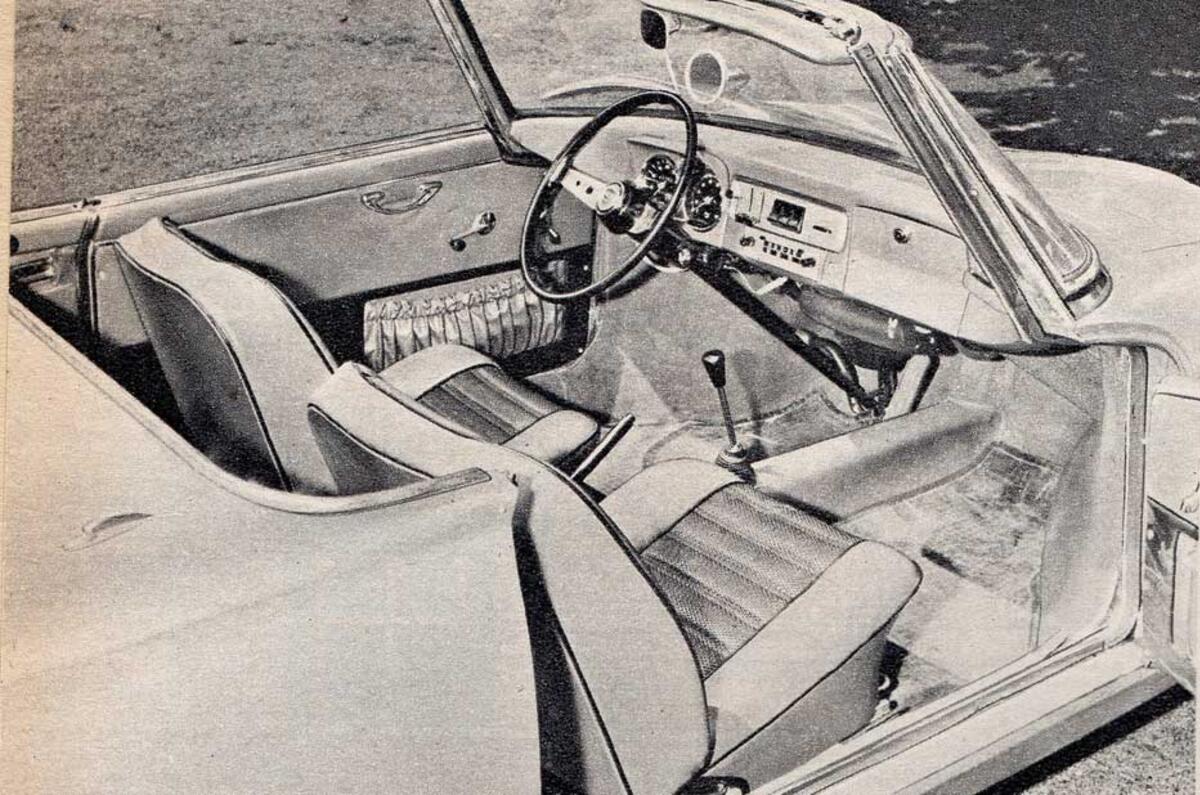
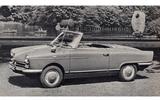
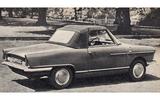
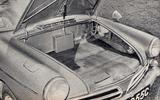
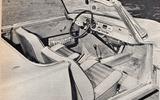


Join the debate
Add your comment
'Very modest' servicing? By